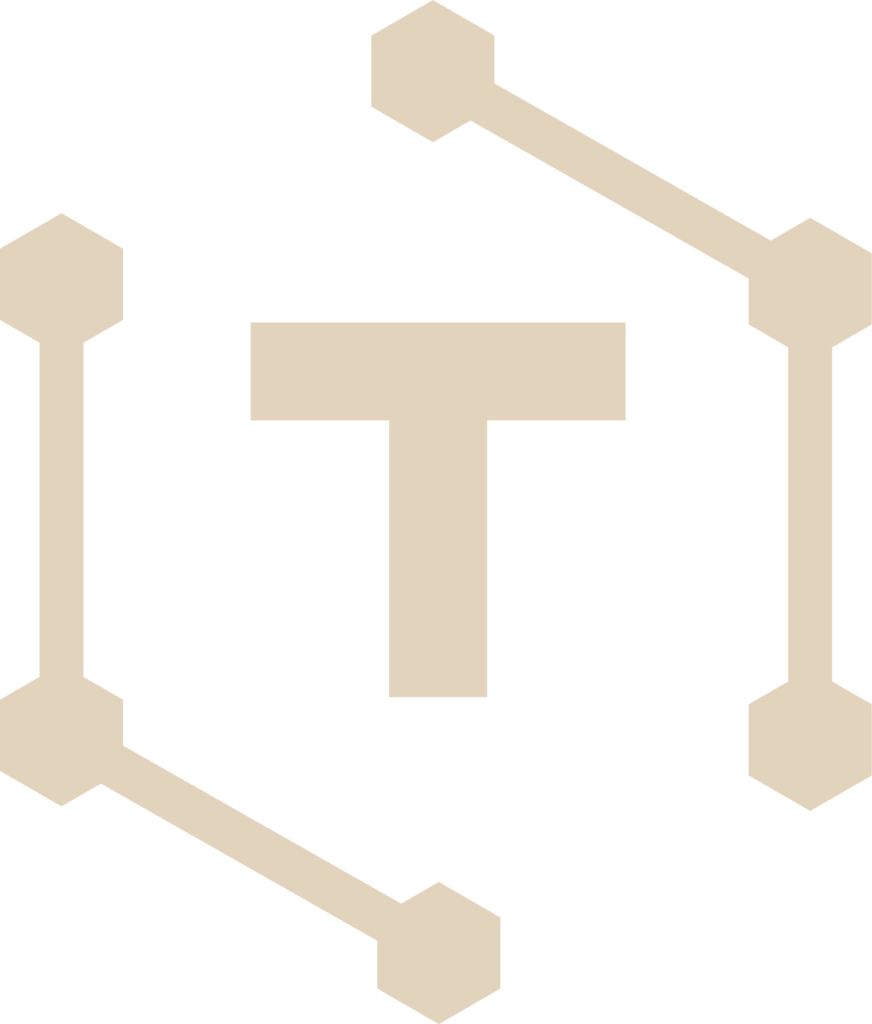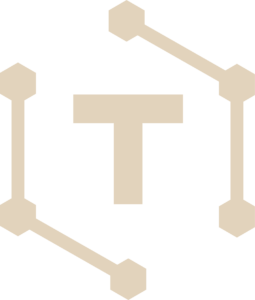Quantum-Resistant Cryptography: The Significance of Kyber768 and AES256 in Tau Oracle's Security

Securing the Future: The Tau Oracle's Quantum-Resistant Cryptography
As quantum computing technology advances, many of the encryption algorithms that protect our data today are at risk of becoming obsolete. The Tau Oracle's use of Quantum-Resistant Cryptography, particularly through Kyber768 and AES256, ensures that even in a future where quantum computers are prevalent, its systems will remain secure. Let’s explore why this is critically important.
The Threat of Quantum Computing to Traditional Cryptography
This makes it essential to adopt quantum-resistant cryptographic solutions like those implemented by Tau Oracle. The company’s focus on Kyber768 and AES256 ensures that its encryption protocols remain secure in both classical and quantum contexts.
Kyber768: A Lattice-Based, Post-Quantum Key Exchange Mechanism
Kyber768 is part of the Kyber family of encryption algorithms, which are based on lattice cryptography. This family was selected by NIST as one of the algorithms to standardize for post-quantum cryptography (PQC)
The importance of Kyber768 lies in its ability to resist both classical and quantum attacks. Unlike RSA, which is vulnerable to quantum computers, lattice-based cryptographic schemes like Kyber768 are thought to be resistant to attacks from both classical and quantum computers.
Kyber768 enables secure key exchanges, which is essential for establishing encrypted communications. Since quantum computers could potentially break traditional key exchange mechanisms, Kyber768 ensures that keys exchanged over insecure channels remain safe even in a quantum future.
AES256: Proven Security Enhanced by Post-Quantum Measures
The Advanced Encryption Standard (AES), specifically AES256, is widely regarded as one of the strongest symmetric encryption algorithms available today.
While symmetric key algorithms like AES are less vulnerable to quantum attacks than their asymmetric counterparts, quantum algorithms like Grover’s algorithm can still reduce their security. However, AES256 has a sufficiently large key size, meaning that even with Grover’s algorithm, it would still take a prohibitively long time for a quantum computer to crack it.
This is why AES256 remains a cornerstone of cryptographic systems in the post-quantum world. Tau Oracle uses AES256 in conjunction with Kyber768 to provide a layered security approach that safeguards sensitive information from both classical and quantum threats.
A Hybrid Approach to Post-Quantum Security
By combining Kyber768 for key exchange and AES256 for data encryption, Tau Oracle provides a hybrid approach to post-quantum security. This is important because it allows the system to transition smoothly into a future where quantum computers may pose a real threat to current cryptographic standards. Even before the widespread advent of quantum computing, this hybrid solution guarantees security and offers peace of mind to users who require protection from future threats.

